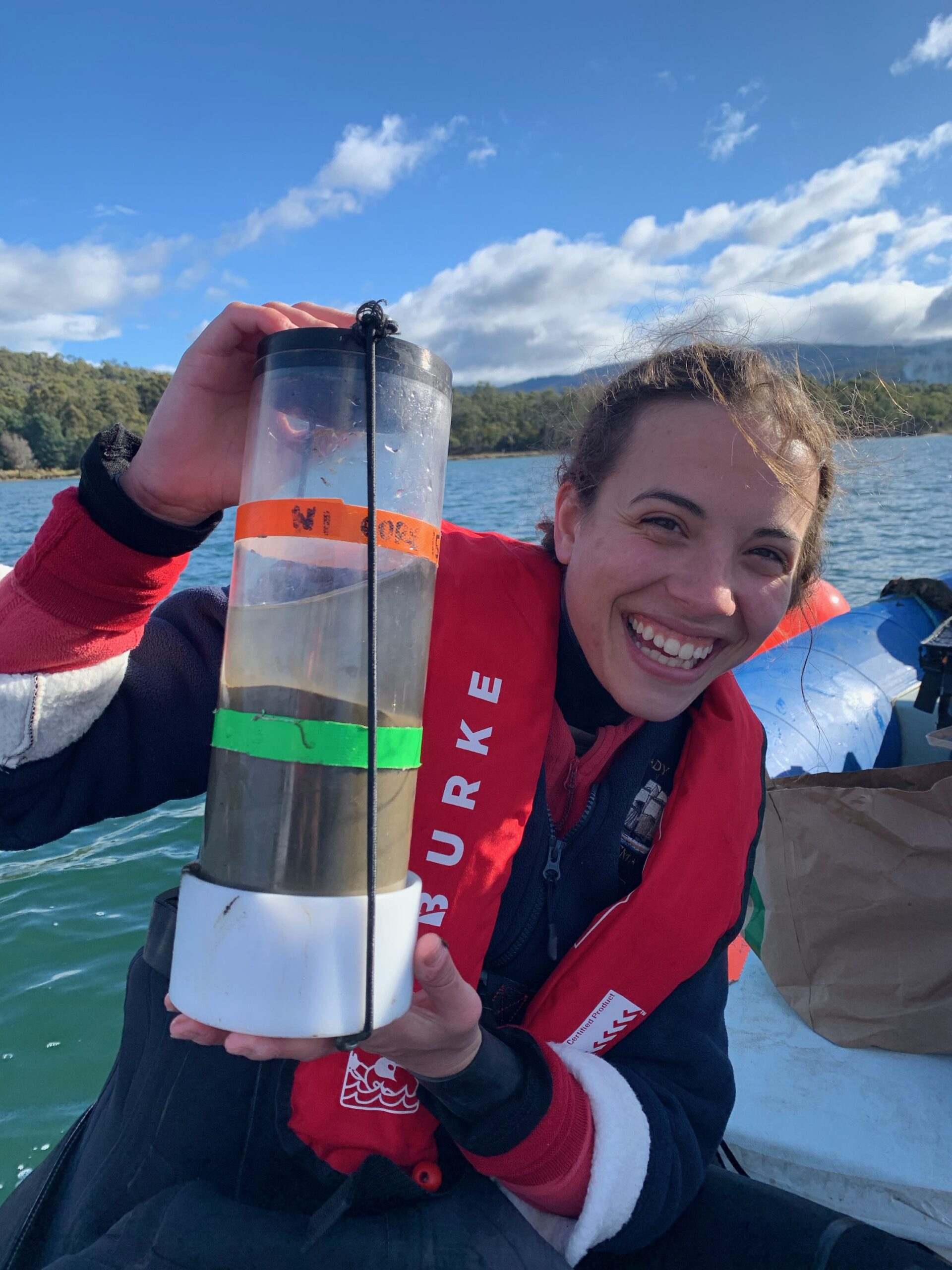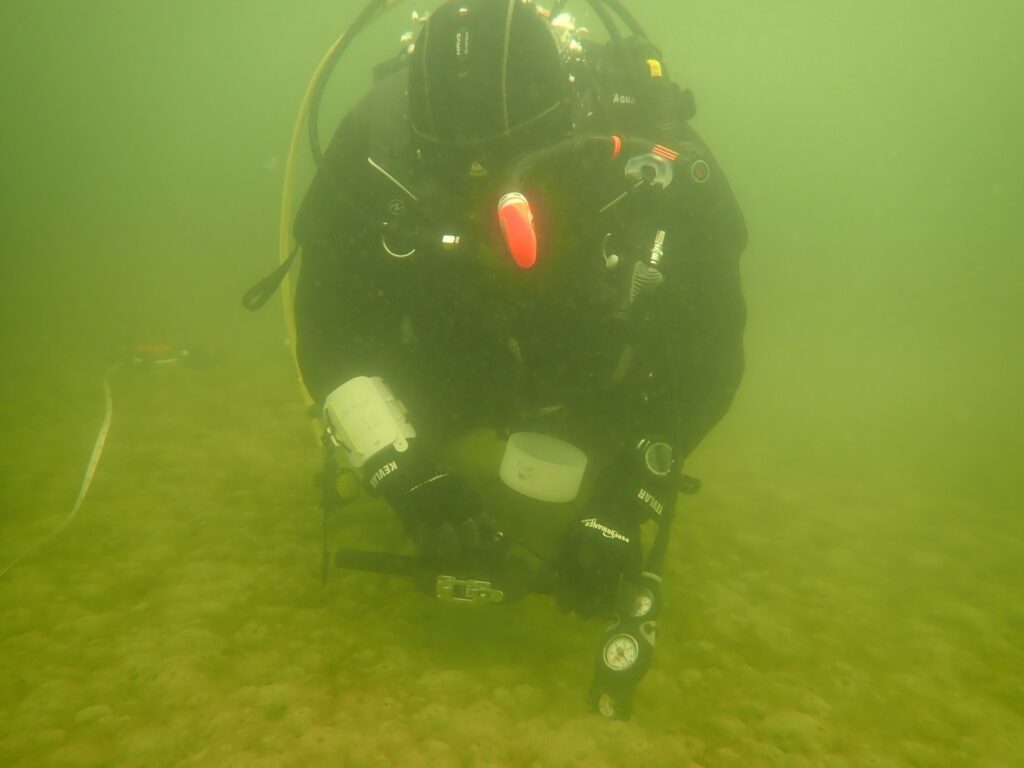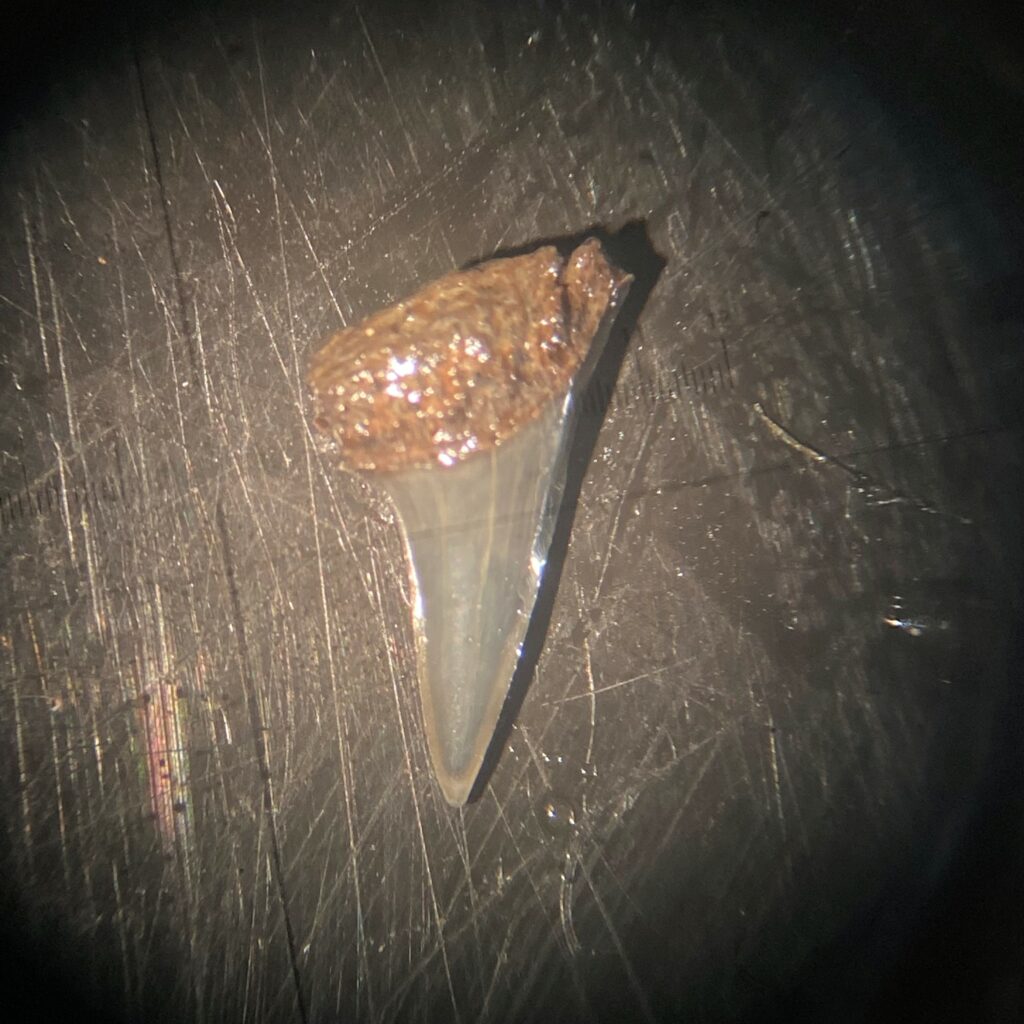Chain swing moorings are commonly used to tether vessels in shallow coastal waters. Unfortunately, these moorings are highly destructive to the seabed, impacting on biodiversity and habitats for endangered species, as well as nursery areas for commercially and recreationally important fish. They also damage the sediment structure of the seabed.
There are more than 3,000 moorings in Tasmania and each chain mooring can remove up to 1,000 m2 of marine habitat. The combined effect of these mooring ‘scrapes’ creates a broader patchwork that can lead to a loss of sediment, which is important for carbon capture and sequestration. Structural damage to sediments also means that entire ecological communities, such as seagrass, can collapse during storms.
Environmentally Friendly Moorings (EFMs) have been on the market for many years and while they can provide ecological restoration, they have had limited take up by the public. There are also few engineering studies looking into the performance of EFMs.
Over the past three years NRM South have partnered with CSIRO and OzFish Unlimited to implement an EFM program in North West Bay in Tasmania. North West Bay, near the southern coastal community of Margate, is a popular and important recreational fishing area – and also an important area for seagrass habitat.
As part of NRM South’s Australian Government funded fish habitat restoration project, eleven volunteers swapped their traditional moorings for a new EFM, the Environmentally Sustainable CSIRO mooring (ES CSIRO). By winter 2022, eleven ES CSIRO moorings had been installed across North West Bay. Each mooring was designed by CSIRO engineers, using commercially available EFM components. [NL1] The ES CSIRO is now an advanced design having undergone two service interval refinements over the last three years of the project. The initial cost of the ES CSIRO is about the same as a traditional mooring, however the servicing costs are generally cheaper than the traditional chain moorings in the long run.
As part of the project, CSIRO completed dive surveys to collect data on changes after EFM installation and compare the new EFM sites to the existing chain mooring sites, and to control sites that have not had any moorings installed. Divers had to undertake specific training due to the cold water, task-heavy work, high silt and low visibility of this section of the waterway.
Divers descend along the mooring line to the mooring anchor, or to a GPS point at control sites. They swim directly outwards from the central point for up 12 m. As they go, they record fish and macro invertebrates, take photos of habitat and plant cover and collect sediment samples. The sediment samples have been used to monitor infauna (small animals that live in the sand and mud) and carbon, to assess the potential for the EFMs to support carbon sequestration in seagrass habitats. One of the sediment samples from a mooring scar has turned up a fossilised shark tooth, probably from a tropical species. This may indicate that the mooring chains have dug down so far into the sediments that they are exposing the fossil record.
Although not enough time has passed since the EFMs were installed to see any measurable habitat recovery, it is hoped that results from follow up surveys scheduled for autumn 2024 will start to show signs of early recovery. This project is supported by NRM South through funding from the Australian Government’s Fisheries Habitat Restoration Program. The project is delivered in partnership with CSIRO, OzFish Unlimited, and Kingborough Council.


